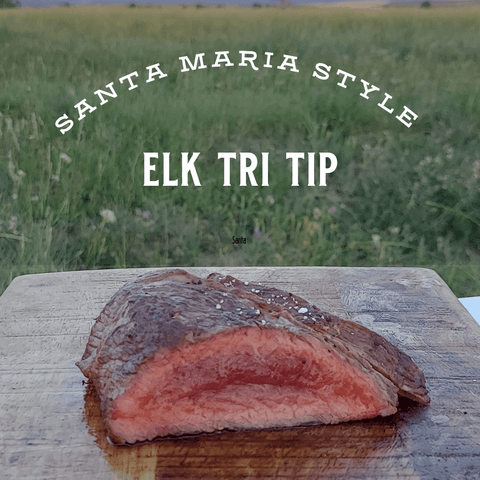As you may recall from our June update, we are now ranching buffalo. So, I wanted to share an update.
It's the very height of summer at the O.K. Ranch, and the pastures have exploded. We have received almost 5 inches of rain in the last 7 days, far beyond our average, and combined with a wetter than average spring, the pastures and grasses are as tall as I have ever seen them.
In a lot of ways the ranch is mirroring the incredible snow depths of the past winter, with our fence lines being almost as deeply buried by plant life as it was by snow in late winter. Some of the bunched grasses are a mind blowing 7 feet tall!
It has made it very difficult to spot the herd from a distance, so I have been spending a lot of time tracking and observing them in the field, trying to get a deeper understanding of their behavior and movement. 10 bison disappear very quickly on a square mile of open, abnormally tall grasslands, and there is something primal and ancient about quietly stalking these large creatures, hoping not to startle them while still keeping a watchful eye as they roam.
The bison have adapted well to the ranch, and with the amount of forage available have been filling out nicely. They are constantly on the move, and have established a migratory pattern of sorts, reaching every corner of the pastures, and have a couple of favorite haunts, generally in the furthest corners.
They have a permanent source of water, salt and minerals in the holding pen, which they visit every 24-36 hours or so, and have the rest of the pasture to roam. It is pretty cool to track their movements over time, watching how they impact the soil and plant communities. Already the ranch is responding to the presence of large, migratory ruminants. Their hoofprints texture and aerate the soil surface, creating edges and openings that allow better rainfall and oxygen penetration and increased germination of the seed bank.
The fertilization effect from the manure and urine the buffalo deposit is increasing the number and diversity of the insect community, which help add nutrients to the deeper levels of the topsoil and provide sustenance for a growing bird population, including the protected Sharp Tailed Grouse.
I've also noticed an uptick in the number of rodents, on which the Red Tailed hawk and fox population depend on. All in all, bringing bison to the ranch added a critical missing link back into the ecosystem, and it will be very interesting over the next 5 and 10 years to watch the changes unfold as we observe and increase our impact.
A lot of folks have asked me what our plans are for the herd. As the project was originally conceived, we would grow and develop our own cow-calf herd, managing genetics and raising bison year round. While that is still our hope, we have had to be more realistic about our immediate expectations.
Last winter was one for the ages, and I just don't think we are ready to manage a herd through another one like that, not yet anyway. The snow was high enough that a buffalo could simply step over the fence in a number of places, and we don't have a water system in place yet that could withstand -20 weather.
All of these things require time and resources (especially money lol), and we are truly bootstrapping this ranch from nothing but grasslands. Building a self-sustaining, regenerative bison ranch while preserving open space that pays its own bills has always been the goal, and my hope is that getting these 10 animals to market will generate enough income and results to justify buying 20 next year and adding infrastructure improvements to increase our capacity.
With the herd coming to the ranch at an average of 650-700lbs in May, it is my hope to put another 150-200lbs on them by mid-October, when we have processing dates scheduled at the brand new slaughter facility just an hour away. We will then cut and package the primal and subprimal cuts we get back into steaks, burgers, roasts, sausages and jerky, and offer a very limited selection of curated O.K. Ranch Boxes, with the proceeds going directly to growing and sustaining the ranch.
If there is demand, we may also offer 1/8th and 1/4 buffalo packages, cut in the same variety as the Ranch Boxes on a larger scale for those who want to fill their freezers and achieve a measure of food independence. I am always happy to talk buffalo and grazing, so feel free to reach out if you are interested or have any questions. Thanks for following along on our adventure in DIY bison ranching!


